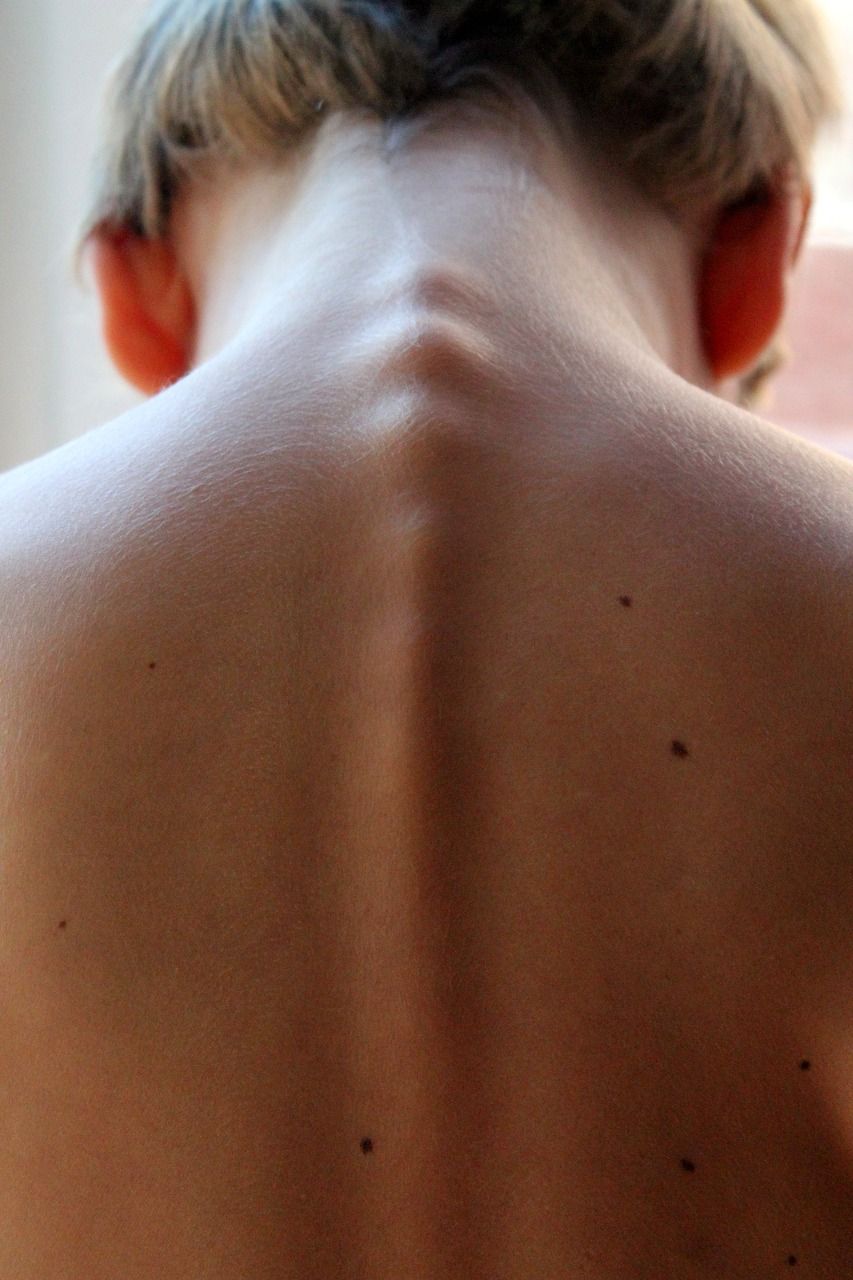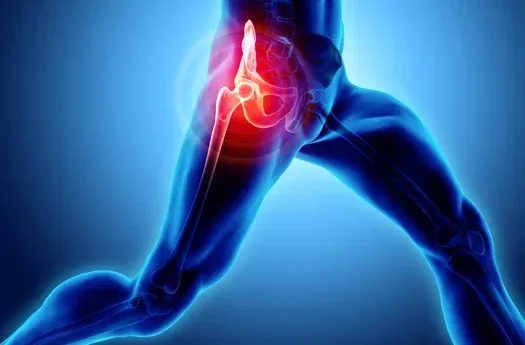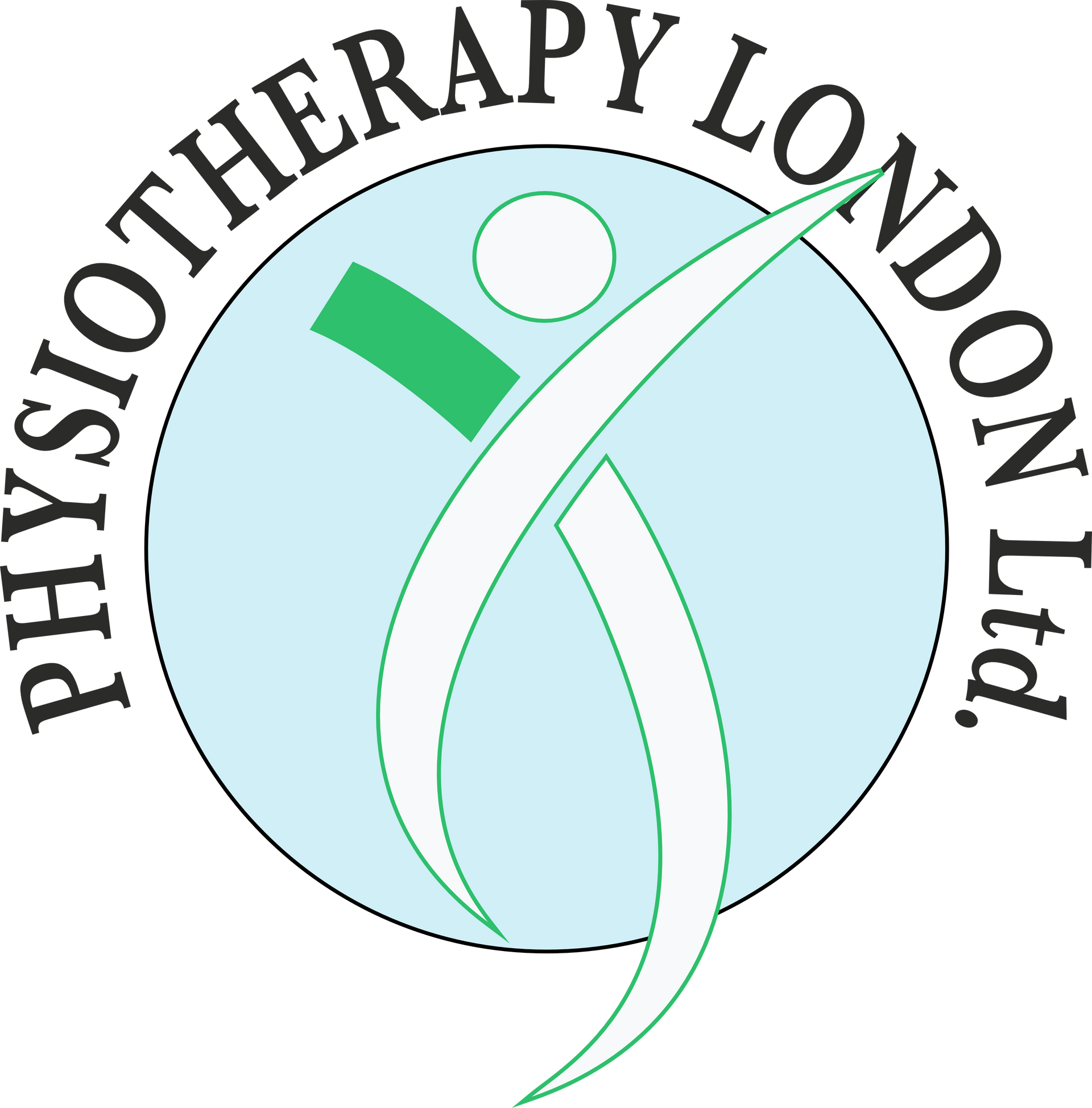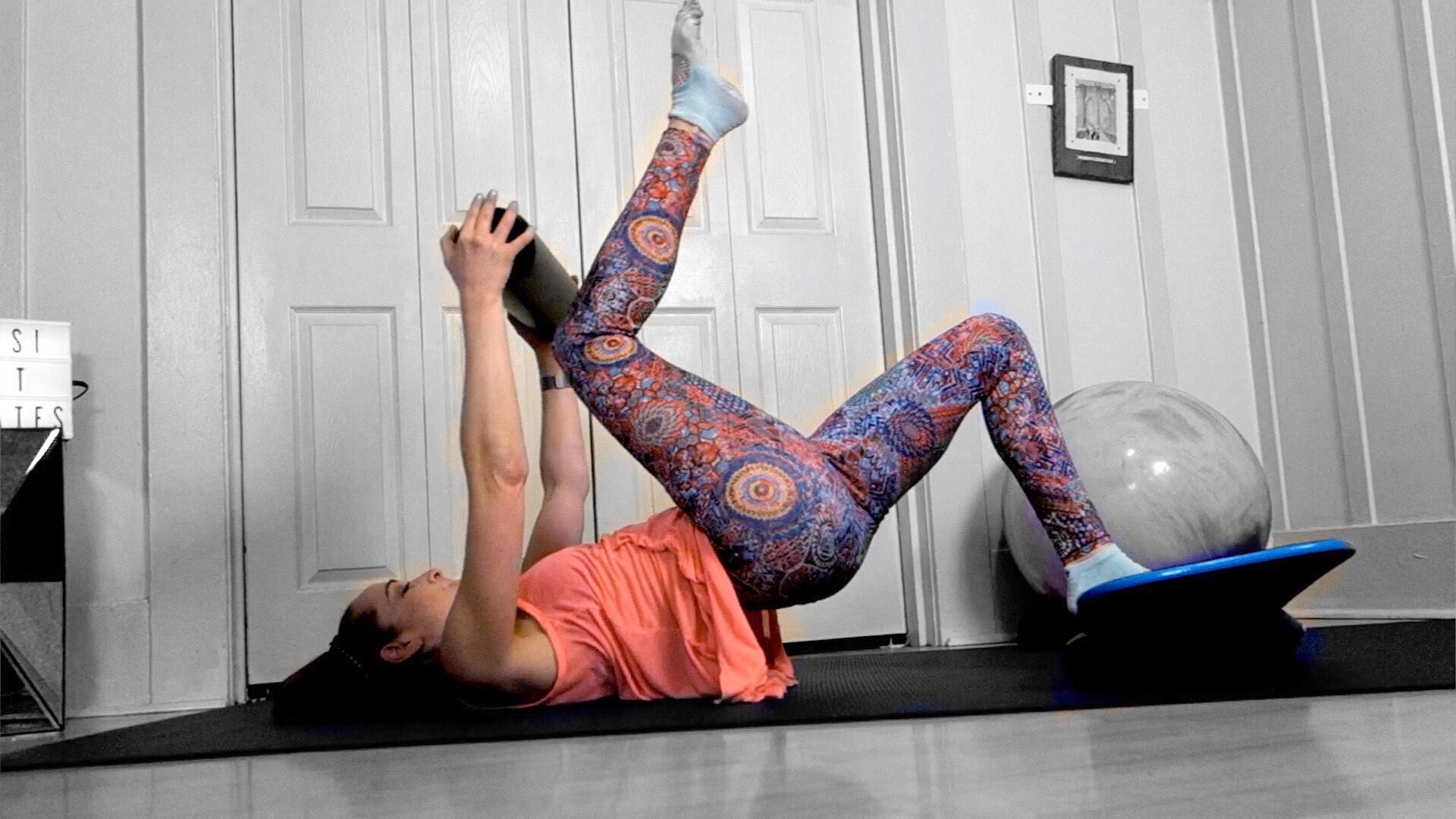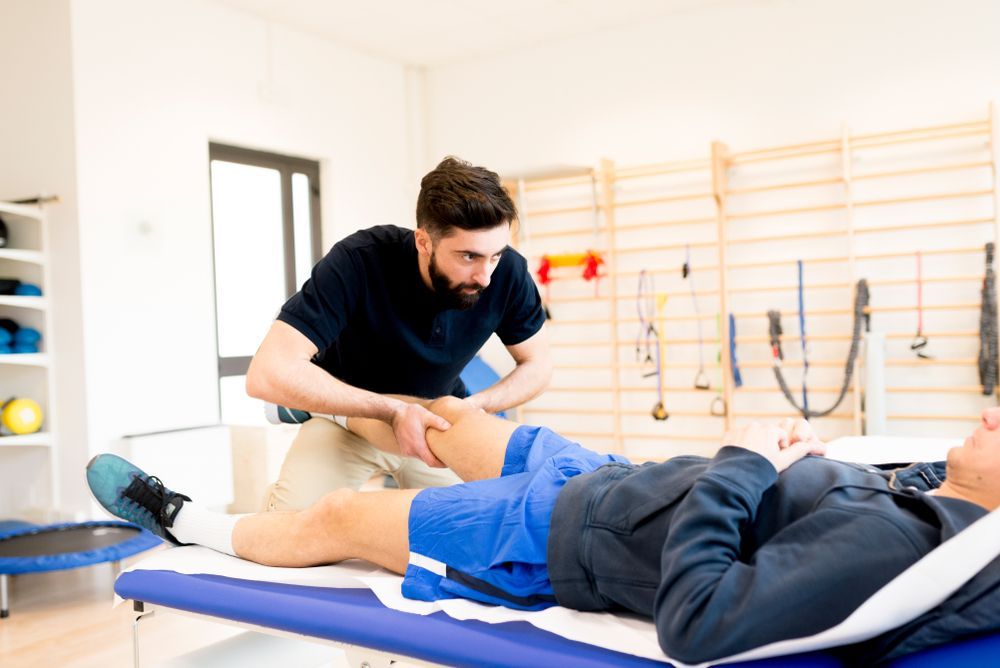Exploring the Benefits of Electrotherapy in Treating Musculoskeletal Injuries
Introduction:
Electrotherapy has become an integral part of physiotherapy, offering diverse modalities such as therapeutic ultrasound, electroacupuncture, and laser treatment. These methods play a crucial role in the rehabilitation and management of musculoskeletal injuries.
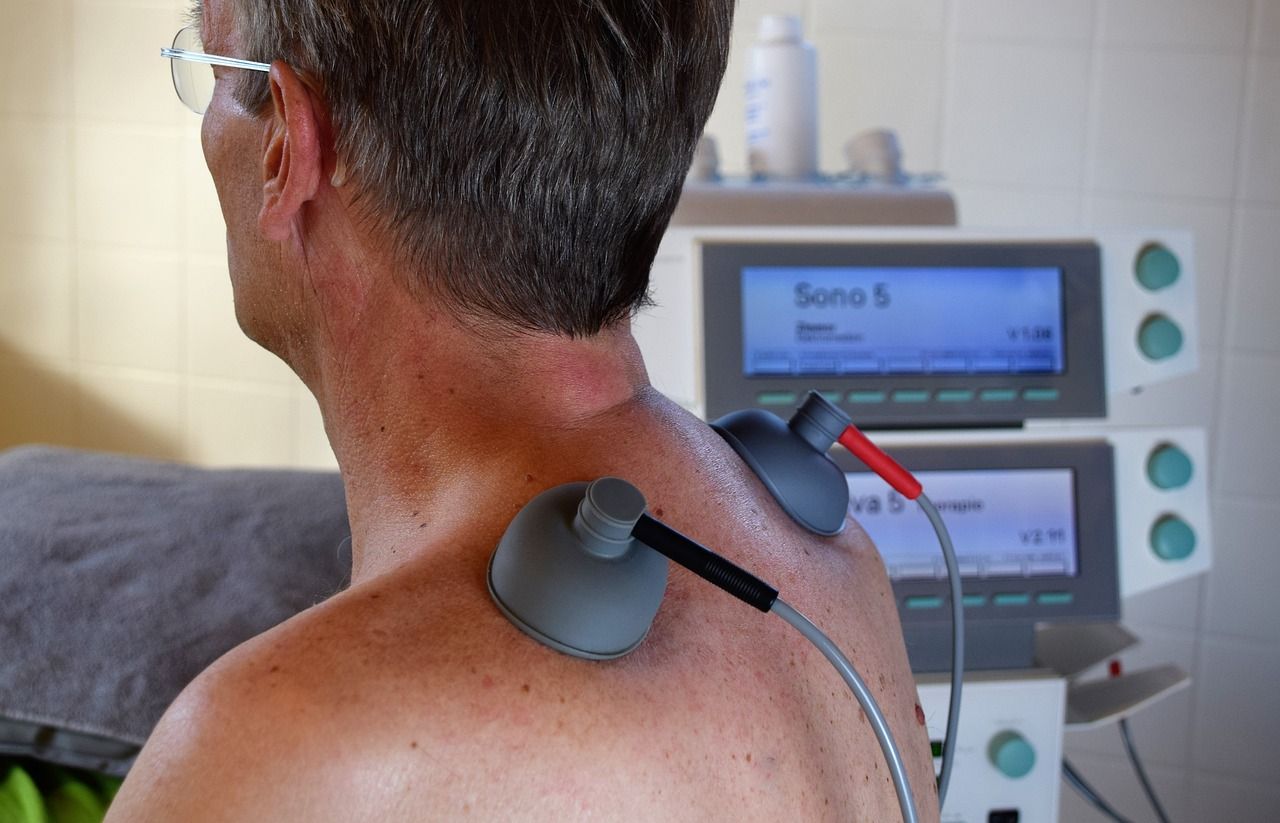
Therapeutic Ultrasound:
Therapeutic ultrasound utilizes sound waves to stimulate tissue repair and reduce inflammation. It's commonly employed in treating soft tissue injuries, like sprains and strains. The ultrasound waves penetrate deep into tissues, promoting circulation and accelerating the healing process.
Electroacupuncture:
Electroacupuncture combines traditional acupuncture with electrical stimulation. By introducing a mild electric current through acupuncture needles, this technique enhances the therapeutic effects. In musculoskeletal injuries, electroacupuncture can alleviate pain, reduce muscle spasms, and improve overall mobility.
Laser Treatment:
Low-level laser therapy (LLLT) is a non-invasive method that uses low-intensity lasers to stimulate cellular activity. In musculoskeletal injury rehabilitation, laser treatment helps reduce pain and inflammation while promoting tissue repair. It's particularly effective in conditions like tendonitis and arthritis.
Benefits of Electrotherapy in Musculoskeletal Injury Treatment:
- Pain Management: Electrotherapy modalities can effectively alleviate pain associated with musculoskeletal injuries, providing patients with increased comfort during rehabilitation.
- Enhanced Tissue Repair: The stimulation of cellular activity through electrotherapy promotes the healing of damaged tissues, accelerating the recovery process.
- Reduced Inflammation: Therapeutic ultrasound and laser treatment are known for their anti-inflammatory effects, aiding in the reduction of swelling and promoting a faster recovery.
- Improved Blood Circulation: Electrotherapy techniques enhance blood circulation, ensuring that essential nutrients and oxygen reach injured tissues, facilitating healing.
- Muscle Relaxation: Electroacupuncture and certain electrotherapy modalities help relax tense muscles, reducing spasms and improving overall muscle function.
Conclusion:
Incorporating electrotherapy modalities such as therapeutic ultrasound, electroacupuncture, and laser treatment into musculoskeletal injury rehabilitation plans can significantly enhance outcomes. These techniques offer a non-invasive and effective approach to managing pain, promoting tissue repair, and restoring optimal function. Physiotherapists at Physio Medicine recognize the value of electrotherapy in providing comprehensive care for patients on their journey to recovery.

